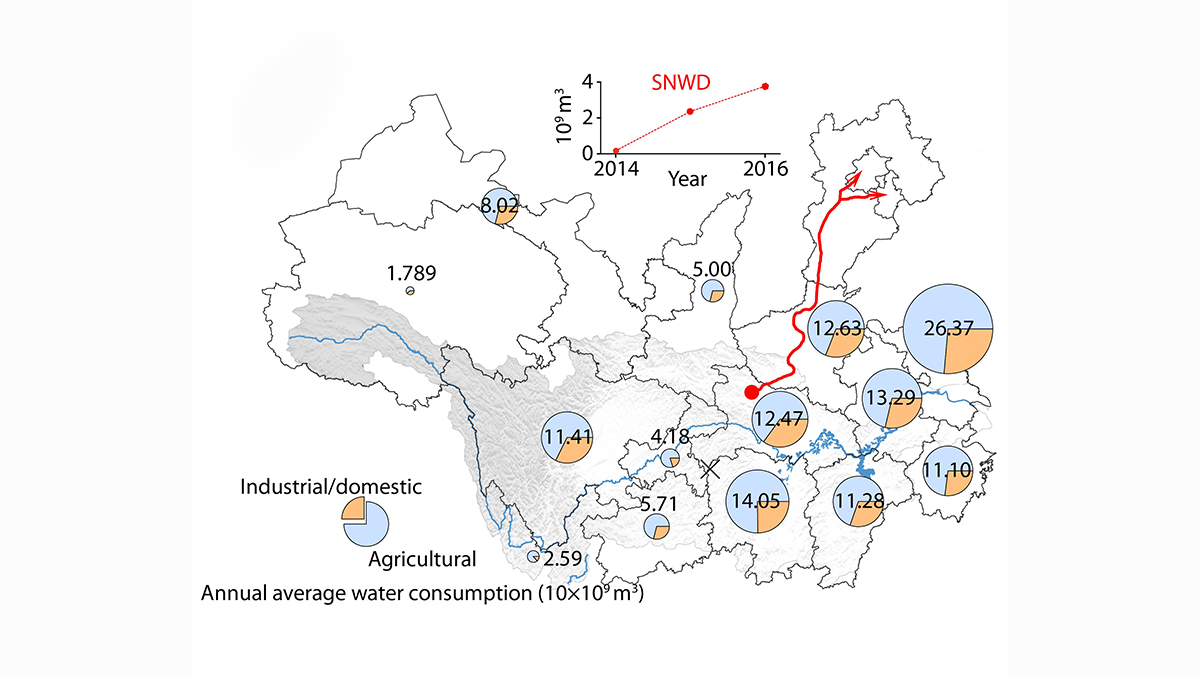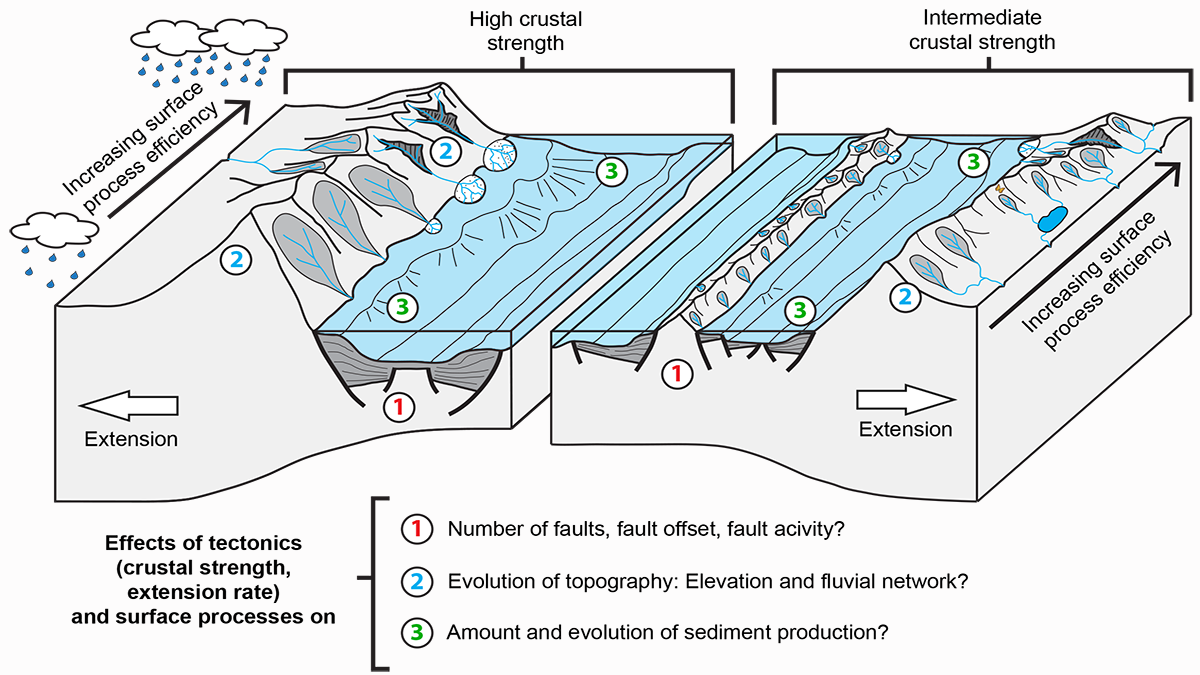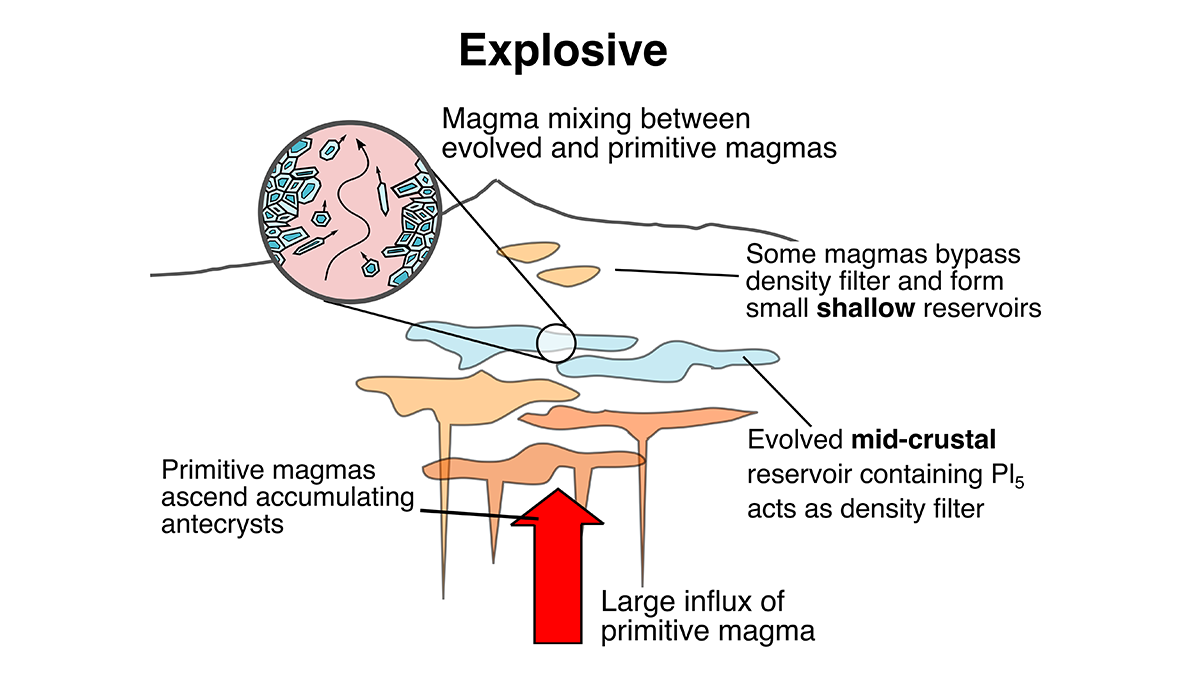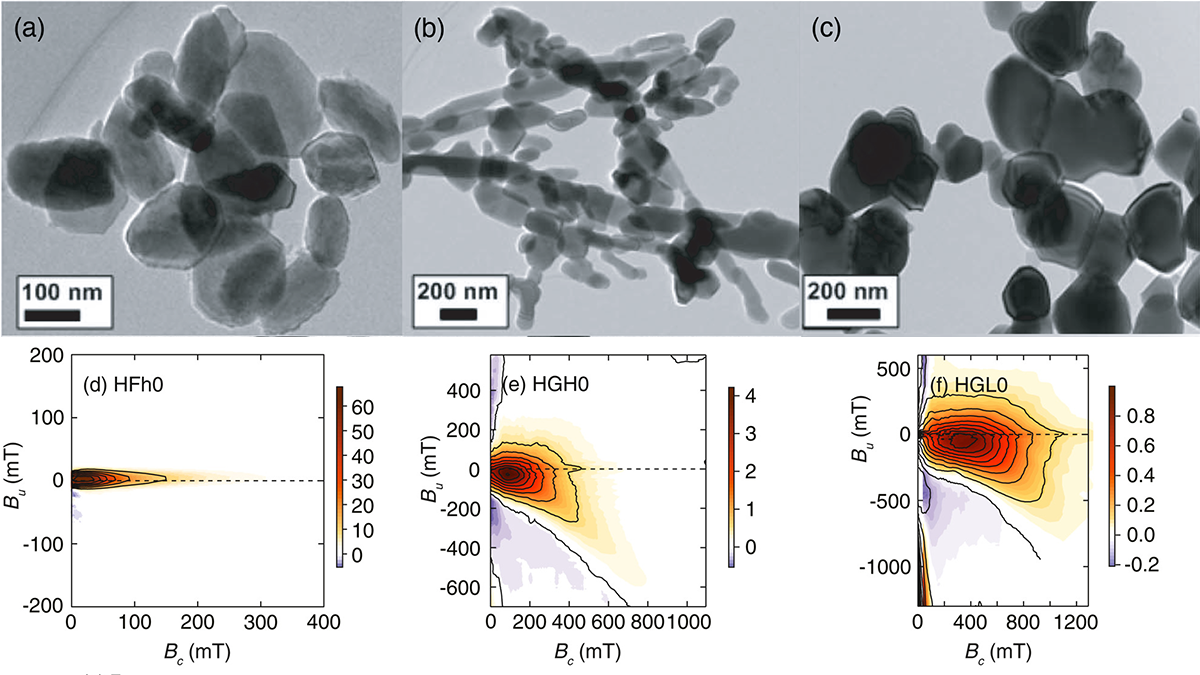New research confirms that ozone loss over the Arctic can lead to widespread warming near the Artic surface during late winter and early spring.
Editors’ Highlights
First Solar Wind Plasma Observations from the Tianwen-1 Mission
Solar wind plasma data captured by the Tianwen-1 probe while in transit to Mars represent an important step toward a new era of cooperative Martian space exploration.
Improved Understanding of Runoff Dynamics in the Yangtze River Basin
Satellite data combined with in-situ observations on terrestrial water storage change and human water consumption provides a more accurate picture of runoff dynamics at sub-basin scale.
Zircons and Plate Tectonics
New data on ancient zircons points to a transition from stagnant lid to subduction style tectonics at 3.6 Ga ago.
Meteoric Ions Influence Conductance in the Jovian Ionosphere
Meteoric ions dominate the Jovian lower ionosphere due to their long lifetimes. Due to the large densities of the meteoric ions, conductance is enhanced independently of local time.
The Lost Topography Around Continental Rifts
Numerical models provide quantitative constraints on topography lost to erosion, showing how the sediment influx in a sedimentary basin reflects its tectonic and topographic evolution.
Machine Learning Helps See into a Volcano’s Depths
How big might future volcanic eruptions be? Crystals carry information to answer this and machine learning methods can visualize and interpret this multidimensional data.
A Step Towards Understanding the Magnetic Properties in Hematite
Scientists present the most comprehensive available magnetic domain state and anisotropy study for synthetic and natural hematite from first-order reversal curve diagrams.
Running Water on Topographic Data to Better Delineate Channels
Two-dimensional hydraulic simulations are a powerful tool to identify process domains such as channels, hillslopes, and floodplains in high-resolution topographic data.
An Impact Basin Thermometer for the Moon
Large impact basins on the near side of the Moon lack the annulus of thickened crust that far-side basins have. The difference can be linked to the thermal structure of the lunar crust.










